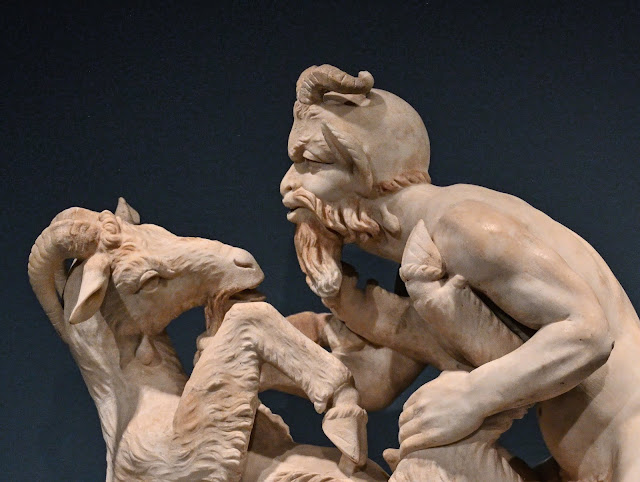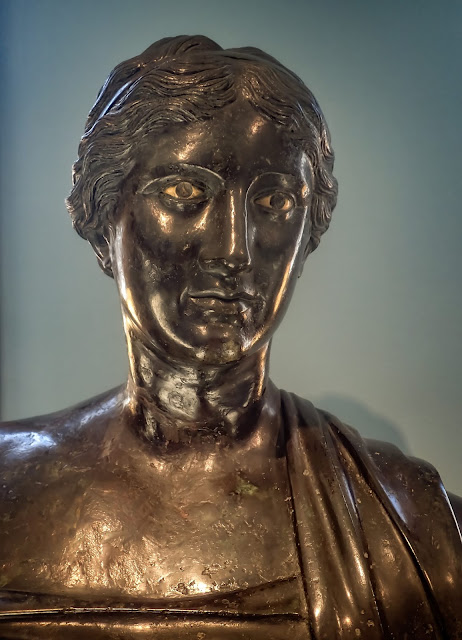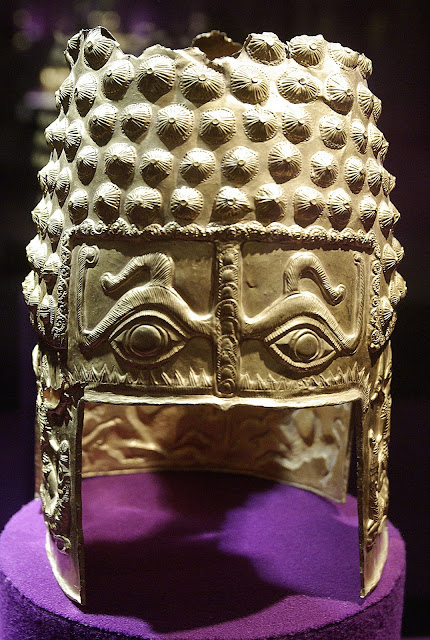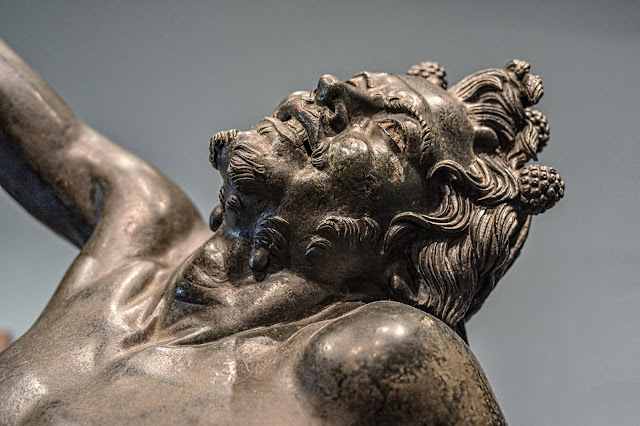Pompeii: The Exhibition to open at Salt Lake City's Leonardo Museum beginning November 23, 2019

Pompeii: The Exhibition to open at Salt Lake City's Leonardo Museum beginning November 23, 2019. More than 150 artifacts from Pompeii, the Roman city covered by the volcanic eruption of Mount Vesuvius in 79 CE, will be displayed at the Leonardo Museum in Salt Lake City, Utah including mosaics and frescoes, gladiator helmets, armor, and weapons, a ship’s anchor, lamps, jugs, cups, plates, pots and pans and other household objects and furniture, jewelry, medical instruments, and tools. A simulated 4D eruption theater will allow visitors to experience the deathly impact Mount Vesuvius had on this ancient city, culminating in the reveal of full body casts of twisted human forms, asphyxiated by extreme heat and noxious gases and forever frozen in time. Image: Closeup of the lion skin of Hercules and a stork fighting a snake on gladiator shin guards recovered from the gladiator barracks in Pompeii Roman 1st century CE photographed at "Pompeii: The Exhibit" when disp
























